
Tony Wyss-Coray
@wysscoray
ID: 816059473676496896
02-01-2017 23:11:54
407 Tweet
5,5K Followers
309 Following

A big step forward in the science of aging: organ-specific tracking via plasma proteins nature.com/articles/s4158… 20% of people assessed had accelerated aging in 1 organ, 1.7% multi-organ Tony Wyss-Coray Hamilton Oh Jarod Rutledge and colleagues nature


I am thrilled to present our new study out in nature where we measure aging at organ-level resolution in living people with large-scale plasma proteomics + ML! From Tony Wyss-Coray lab, co-led with former grad student Jarod Rutledge 1/12
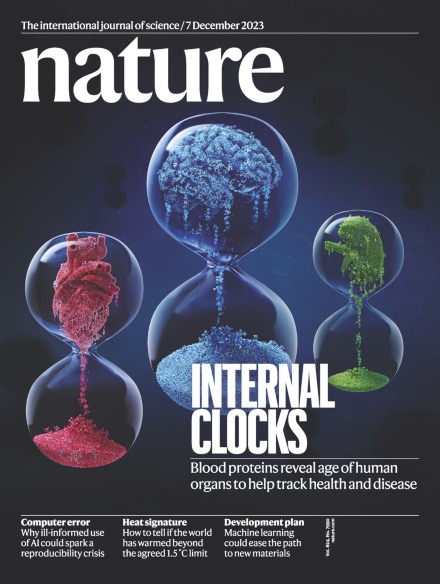

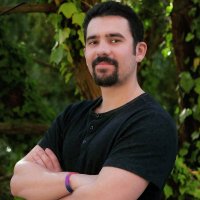
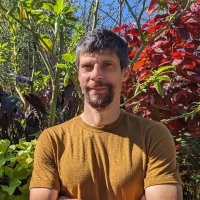

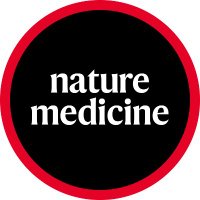
A single-cell spatial transcriptomic and proteomic study of #immune cells in the human #CNS border compartments reveals differences in CNS-associated macrophages across age, perturbation and disease. Roman Sankowski #macrophages #microglia nature.com/articles/s4159…

Delighted to share our latest work “Oligodendrocyte calcium signaling is required for actin-dependent myelin sheath extension” was published online today Nature Communications! Led by former grad student, Manasi Iyer! (1/n)
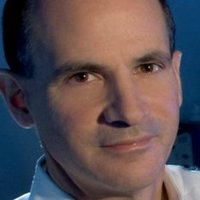

Congratulations to Jarod Rutledge for discovering DDC as a possible CSF and urine biomarker for Parkinson’s disease rdcu.be/dAUw0. check out many other interesting proteins. Thanks to Benoit Lehallier and collaborators in this wonderful collaboration with the Kathleen L Poston lab.
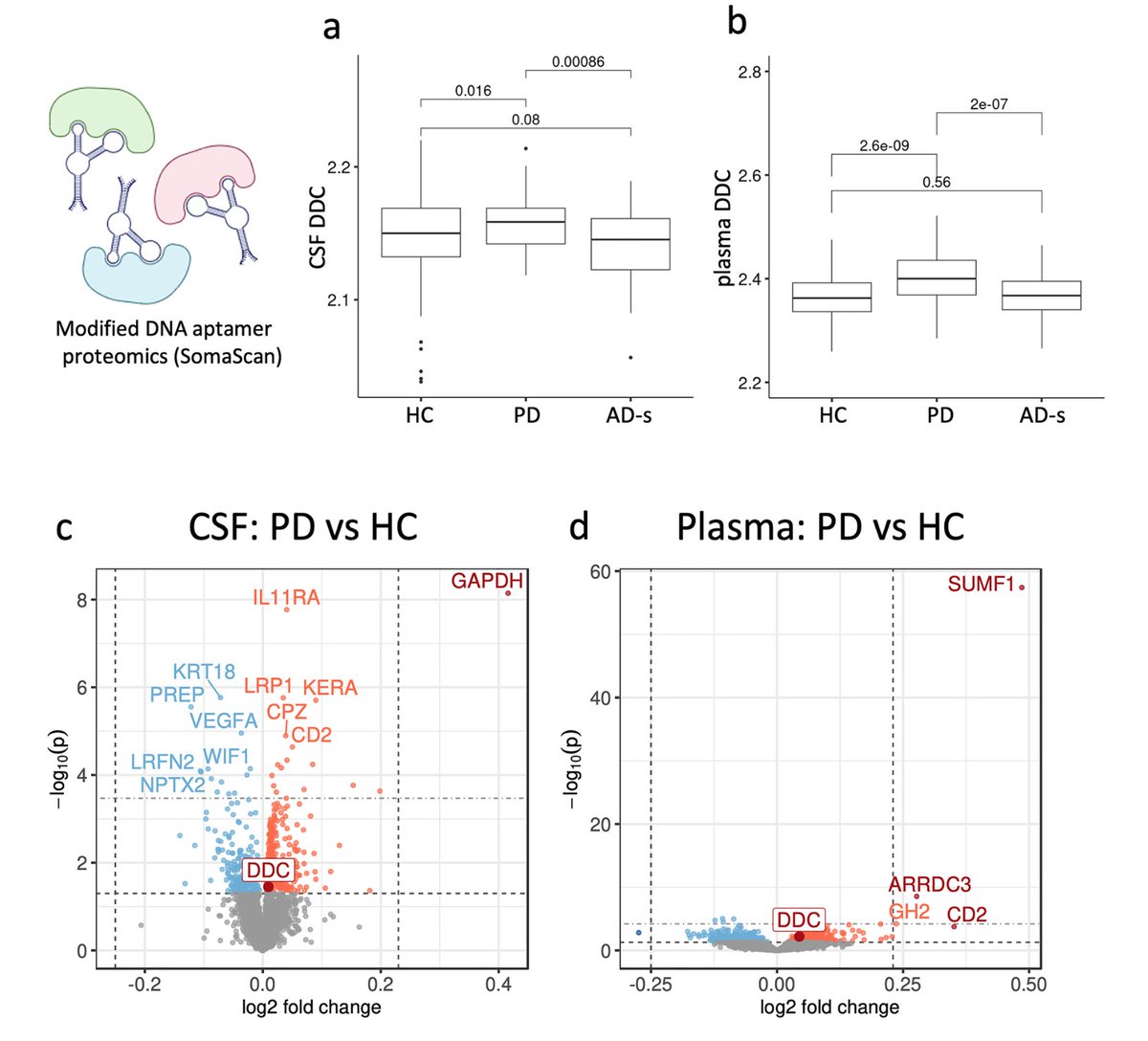

This work has been a great collaboration with Tony Wyss-Coray, Kathleen L Poston, and Benoit Lehallier. We've been fighting to publish these findings since 2021, when we began a 3-year long review process. Some core findings have recently been independently verified by other groups, a promising sign!

Congrats to Tony Wyss-Coray and new @PennMedEVDCSO faculty member Michael Haney on their latest tour de force linking ApoE genotype to dysfunctional lipid accumulation in microglia in AD. Trainees, check this guy out! nature.com/articles/s4158…

What Alzheimer noted as fat saccules in glia may have been lipid droplets. They can be induced by Abeta in microglia leading them to release factors that damage neurons. ApoE4 makes things worse rdcu.be/dA6Kh. Congrats Michael Haney Robert Palovics and fantastic team


Back-to-back papers in Nature Metabolism today: a surprising connection between the appetite-suppressing metabolite Lac-Phe and metformin-associated weight loss. From Lydia Lynch and Shuke Xiao 肖舒克 Sarafan ChEM-H nature.com/articles/s4225… nature.com/articles/s4225…

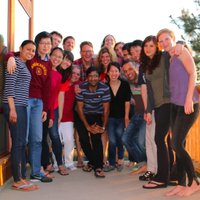

Interested in research on aging and neurodegeneration? Tony Wyss-Coray lab has 2 LSRP positions open! If you're interested and meet the requirements in the posting, please apply and reach out directly to me or Ian Guldner! See the application link here. careersearch.stanford.edu/jobs/life-scie…

Huge congratulations to #YiwenChen, Itamar Harel, Param P Singh G. Adam Reeves and all the other authors - fantastic team and collaborative effort!! And beautiful killifish art from Rogelio Barajas! 😎
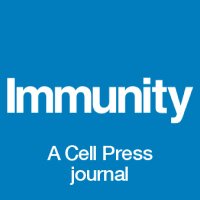

Another bombshell discovery by @abu_remaileh’s lab Sarafan ChEM-H, congratulations first author Kwamina Nyame and coworkers!

I'm excited to share 2 of our new studies now out as preprints on BioRxiv! biorxiv.org/content/10.110… biorxiv.org/content/10.110… From Tony Wyss-Coray lab in collaboration with many amazing groups including... 1/5
